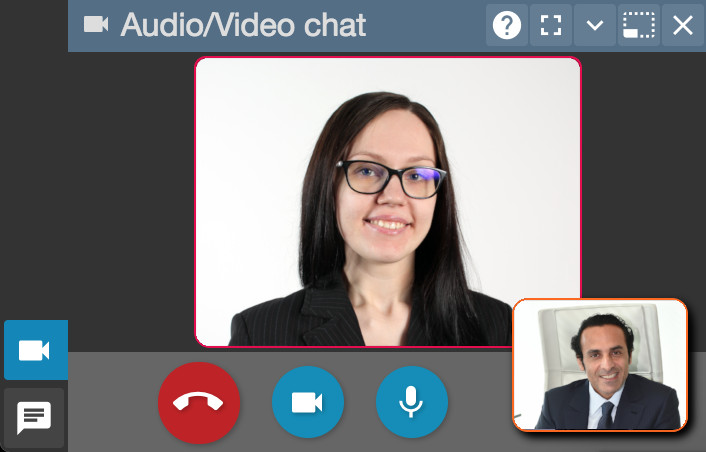Today we're pleased to announce the release of Podaris Podaris 1.10, with powerful new features for voice and video chat between collaborators, and enhanced functionality for text chat and location-based comments.

One of our primary aims with Podaris is to facilitate better collaboration between the many different experts and stakeholders involved in transport planning. One way we do this is via real-time synchronisation of parametric data models – but “data” is not the same as “knowledge”. It's important for people to actual talk to each other. This is how unstructured, tacit, and subjective knowledge is shared; this is how consensus is formed. So this is why we wanted to develop a way for people to talk to each other within Podaris.
Of course there are already many different tools for talking with people online. You can use Skype, Skype for Business, Google Hangouts, Zoom, Slack, and many other systems. So why should we develop our own?
There are two main reasons why we did this:
First, built-in audio/video chat means that you don't need need to separately negotiate which other platform all the project collaborators should adopt in order to communicate. You've already adopted Podaris; that should be enough. This makes it easier to get everyone into conversation more quickly.
Second, while doing training sessions with customers, we've seen that context-switching can be difficult for people. If you're working with a Podaris collaborator in one window, but video-chatting with them in another another window, then it is more difficult to focus on the task at hand. If talking and drawing are managed through the same interface, then task-switching is minimised and it's easier to do both.
Fortunately, using the excellent tools from Twilio, we were able to build a sophisticated and polished audio/video chat system, which works in any modern web browser (Firefox, Chrome, Safari 11, and Microsoft Edge). Beta-testing with users has shown that it really does help with collaborative working, as hoped.
To use Audio/Video chat in a project, the project-owner will need to have an Enterprise account.
In addition to releasing Audio/Video chat, we've been busy with dozens of other features, enhancements, and bugfixes since the last blog post. (Check out the Change log for an up-to-date list of everything that has happened.) Since this is a collaboration-focused release, we've put particular effort into cleaning up the interface and user experience for both instance messaging and location-based comments. Ultimately, we intend for comments to evolve into a more robust issue-tracking and feedback system, without sacrificing ease-of-use.
Now that we have A/V chat in place, we've started imagining other ways in which Podaris could be used for media-rich, data-rich collaboration and engagement, such as interactive webinars, screensharing capabilities, or sharing live data assets to instant messaging links. Having no barriers between communications and modelling opens up many possibilities. Tell us what you'd like to see!